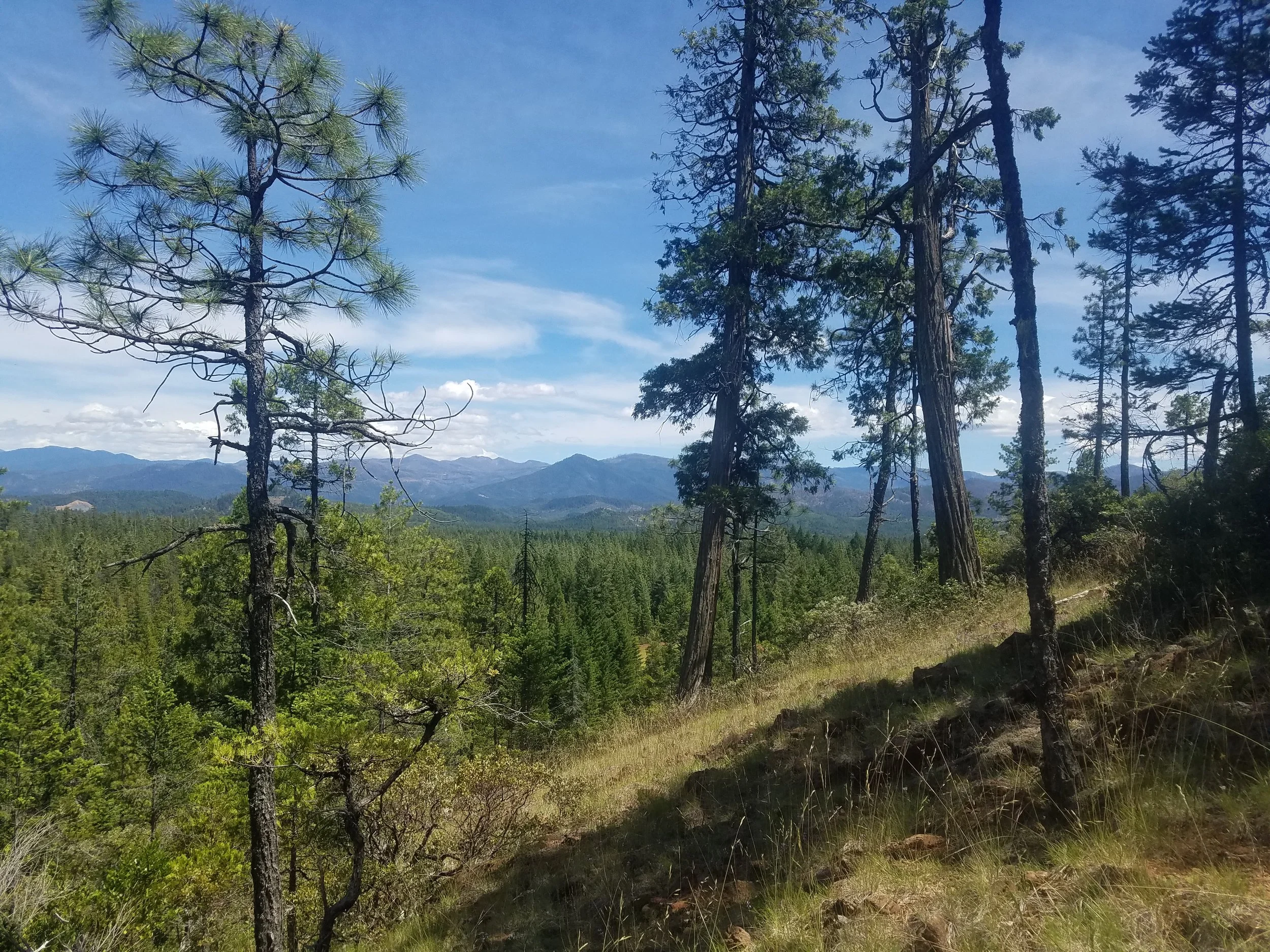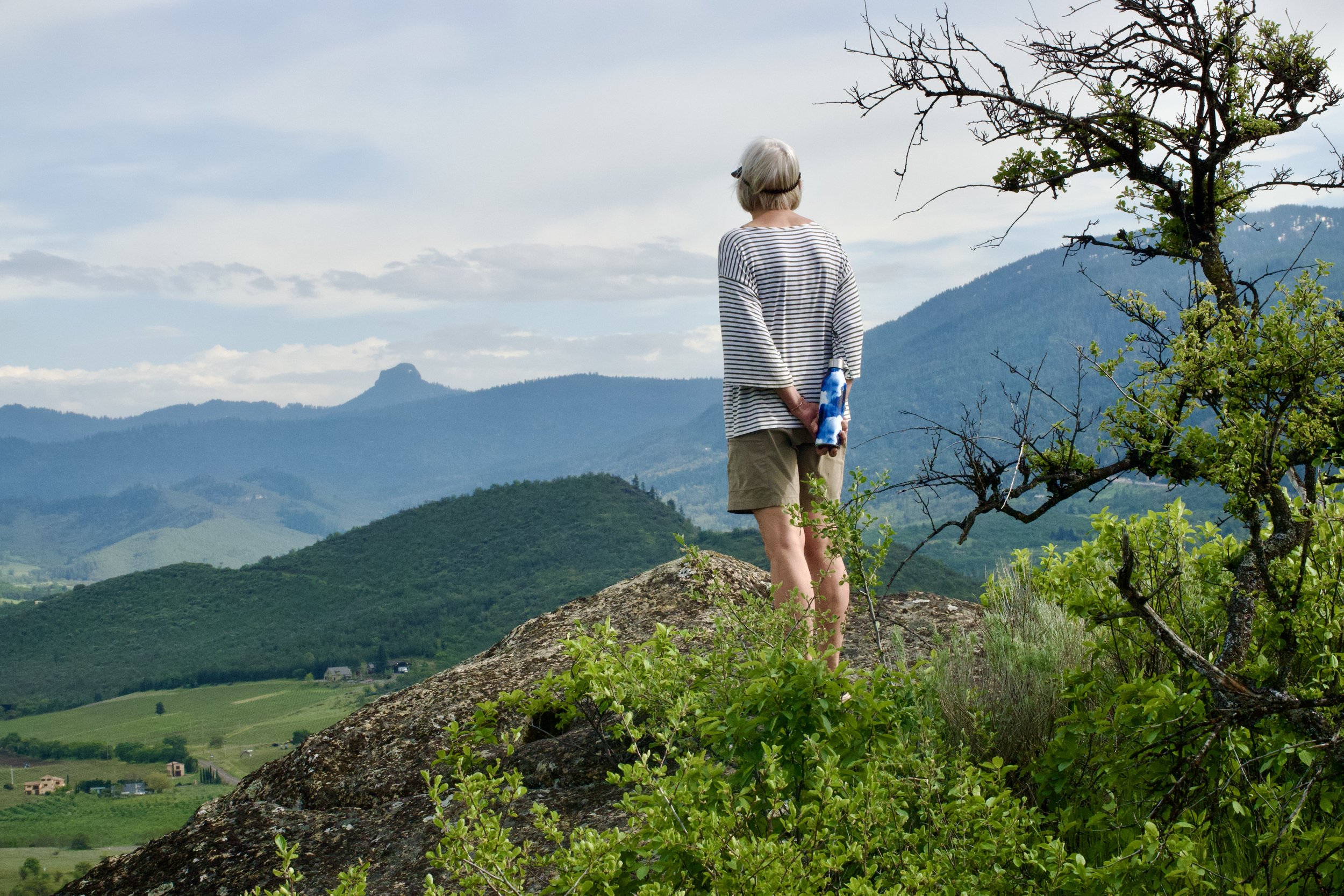Stand in a clump of Pacific madrone (Arbutus menziesii) or madrona trees during a winter storm, the trunks wet and luscious, creamy green and burnished red, and feast on the beauty. Children pull off the beckoning curly bark strips and stroke the underlying pale green bark, smooth and soothing. Mature trees can support many bark colors and textures: the older rough brown-gray squares, dark weathered curlicues, strips of fresh reds, and the young apple-green bark. Every summer, madrone trees shed older bark, sloughing off flecks, and puzzle pieces, decorating the forest floor.
Native peoples use madrone leaves for medicine, the fruits for food, and the wood for firewood. In 1792, the first Euro-American naturalist to describe madrone was Dr. Archibald Menzies. In his journal he described the species:
“a peculiar ornament to the Forest by its large clusters of whitish flowers & ever green leaves but its peculiar smooth bark of a reddish brown colour will at times attract the Notice of the most superficial observer”.
While a common understory tree in lower-elevation forests in Southwest Oregon, each madrone tree sports a different wondrous shape from multi-stem octopus trees that have re-sprouted after a fire to grand “girthy” older beauties. The leaves are sclerophyllous – thick and sturdy broadleaf leaves that conserve water during hot summers. Second year leaves drop off during the summer, adding yellows to the bark chip forest floor, while younger leaves provide a canopy of green light, a festive contrast to the red pitted fruits that droop from branches in the fall. Like other plants in the heath family, such as manzanita, the white urn-shaped flowers bloom in the spring and are visited by bumble bees.
Band-tailed Pigeons and raccoons eat the fruits, dispersing the seeds to feed future generations. Some years, when the fruit crop is abundant, endless streams of American Robins appear in late fall in extraordinary numbers and fill the forest with their stereophonic chirps and droppings.
Madrona feeds all of us – poets, dreamers, birds, and bees.











